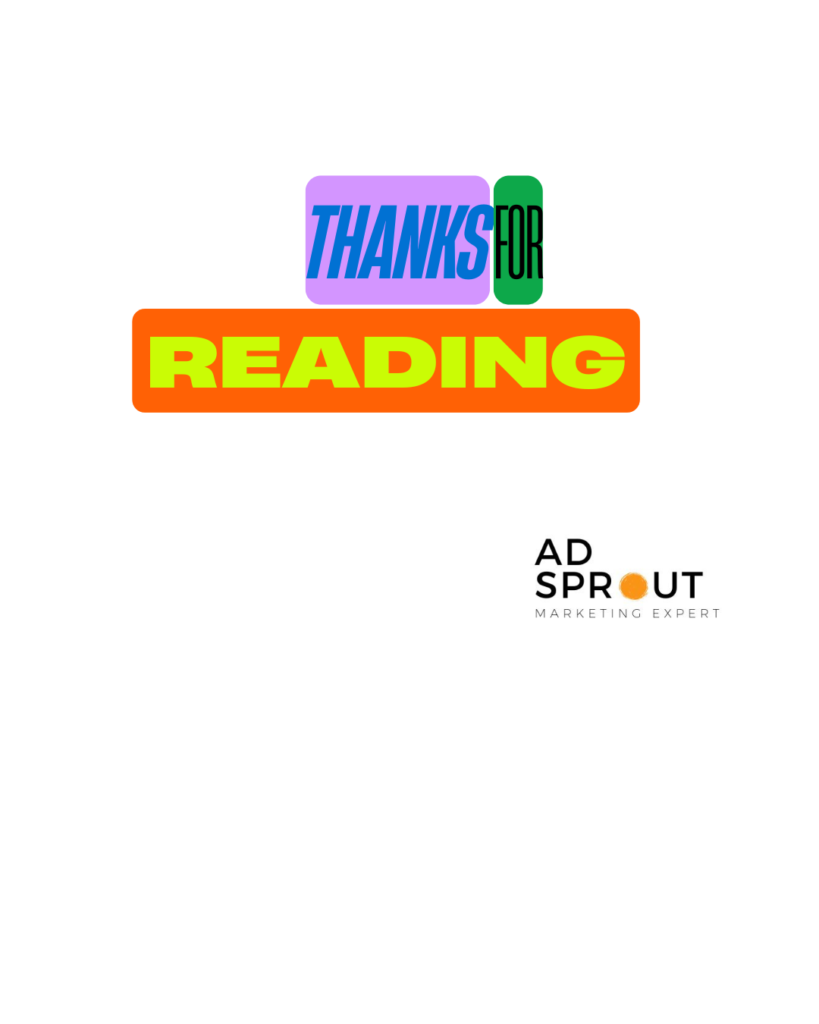What Are Gaming Books?
Gaming books are written works that explore the creation, culture, history, art, or narratives of games. In simple terms, they are books related to video games, tabletop games, or game development.Types of Gaming Books
-
📘 Game Development Books
Teach readers how to design, code, and build games. Often used by students and indie developers.
Example: “The Art of Game Design” by Jesse Schell
-
📚 Game History & Culture Books
Explore the evolution of the gaming industry, major trends, companies, and game communities.
Example: “The Ultimate History of Video Games” by Steven L. Kent -
📖 Game-Inspired Fiction
Novels or stories that take place in or are influenced by gaming worlds.
Example: “Ready Player One” by Ernest Cline -
📒 RPG & Tabletop Rulebooks
Instructional books used to play games like Dungeons & Dragons. They define rules, character classes, and worlds.
Example: “D&D Player’s Handbook” -
📕 Game Art Books
High-quality visual books showcasing concept art, characters, environments, and behind-the-scenes creation of gam -
es.
Example: “The Art of The Last of Us” - 📗 Strategy Guides (Less common today)
Offer walkthroughs, secrets, and tips for beating specific games.
Example: Official guidebooks for games like Zelda or Final Fantasy.
List Of Top Gaming Books
Here’s a detailed list that includes a mix of history, development, culture, and inspiration from games:
1. “Blood, Sweat, and Pixels” by Jason Schreier
-
Type: Video game development stories
-
What It’s About: Real behind-the-scenes stories from developers of games like The Witcher 3, Stardew Valley, and Destiny. It’s an inspiring and raw look at how difficult but passionate game development is.
-
Why It’s Great: Personal, emotional, and super informative for aspiring developers or fans.
2. “Console Wars” by Blake J. Harris
-
Type: Gaming history
-
What It’s About: Chronicles the fierce rivalry between Nintendo and Sega in the 1990s.
-
Why It’s Great: Reads like a thriller. Full of drama, business strategy, and cultural shifts.
3. “The Ultimate History of Video Games” by Steven L. Kent
-
Type: Comprehensive history
-
What It’s About: A detailed look at the rise of the video game industry from the 1960s to early 2000s.
-
Why It’s Great: Essential for anyone serious about understanding how the industry evolved.
4. “Reality Is Broken” by Jane McGonigal
-
Type: Psychology & gaming culture
-
What It’s About: Explores how games can improve real life and solve real-world problems.
-
Why It’s Great: Thought-provoking and ideal for anyone interested in the impact of games beyond entertainment.
5. “Masters of Doom” by David Kushner
-
Type: Biographical/history
-
What It’s About: Tells the story of John Carmack and John Romero, the creators of Doom and Quake.
-
Why It’s Great: A rockstar tale of creativity, conflict, and the birth of first-person shooters.
6. “Game Design Workshop” by Tracy Fullerton
-
Type: Game development textbook
-
What It’s About: A hands-on guide to designing games with exercises, theory, and case studies.
-
Why It’s Great: Used in game design courses; perfect for beginners and professionals alike.
7. “The Art of Game Design: A Book of Lenses” by Jesse Schell
-
Type: Game design theory
-
What It’s About: Breaks down game design into various “lenses” or perspectives to help you create better games.
-
Why It’s Great: Super visual and practical — a favorite in the industry.
8. “Dungeons & Dragons Player’s Handbook” (5th Edition)
-
Type: RPG rulebook
-
What It’s About: Core rules for creating characters and playing D&D.
-
Why It’s Great: Iconic. Even if you don’t play, it’s a cornerstone of gaming culture and creativity.
9. “Ready Player One” by Ernest Cline
-
Type: Fiction/Game-inspired novel
-
What It’s About: Set in a dystopian future where people escape into a virtual reality game world.
-
Why It’s Great: Packed with pop culture and gaming references — fun and nostalgic.
10. “Power-Up: How Japanese Video Games Gave the World an Extra Life” by Chris Kohler
-
Type: Gaming history & culture
-
What It’s About: How Japanese game companies influenced the world — from Mario to Final Fantasy.
-
Why It’s Great: Offers a cultural lens on how Japan shaped gaming.
Bonus: Honorable Mentions
-
“Level Up! The Guide to Great Video Game Design” by Scott Rogers
-
“Game Over: How Nintendo Conquered the World” by David Sheff
-
“Press Reset” by Jason Schreier (a follow-up to Blood, Sweat, and Pixels)

